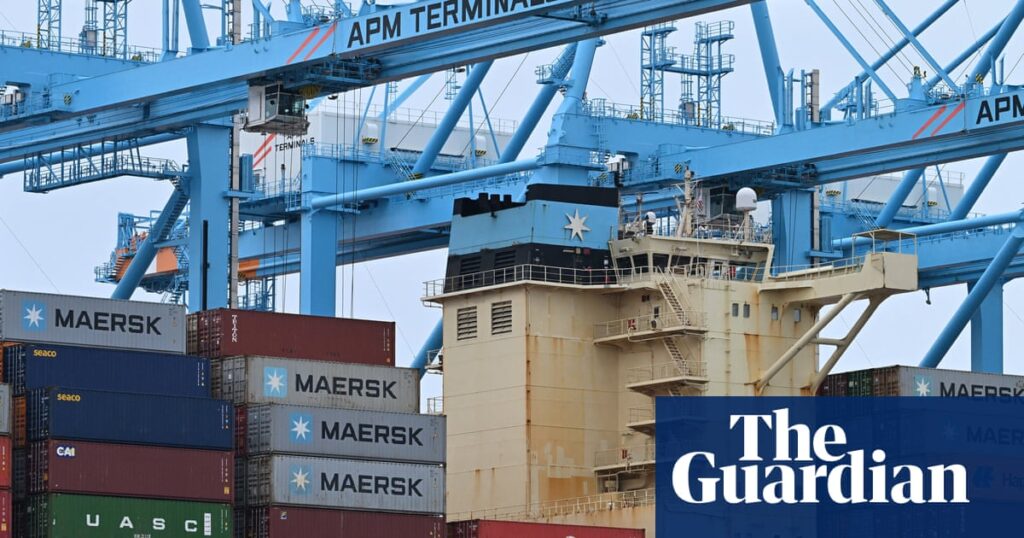
Donald Trump has announced that the United States will begin sending letters to its trading partners, detailing new tariff rates that will come into effect from the beginning of next month. The U.S. President disclosed that approximately “10 or 12” letters would be dispatched on Friday, with additional communications expected in the following days.
This move comes as the administration’s 90-day pause on Trump’s “reciprocal tariffs” approaches its end on July 9. The deadline was set for countries to negotiate bilateral trade deals to avoid increased duties. “I think by the ninth they will be fully covered,” Trump stated, indicating that the tariffs could range from as high as 60% or 70% to as low as 10% and 20%.
Global Trade Strategy and Implications
The Trump administration has so far secured trade agreements with the United Kingdom and Vietnam, while also reaching a temporary truce with China after a series of tariffs led to a trade war with the world’s second-largest economy. However, the specifics of which countries will face the new tariffs, or which goods and services will be affected, remain unclear.
On Thursday, Treasury Secretary Scott Bessent suggested that the U.S. is nearing a high-level “framework” agreement with the European Union, potentially averting a 50% tariff on all exports from the bloc scheduled for next Wednesday. This development follows Trump’s initial announcement of global tariffs on April 2, dubbed “liberation day,” followed by the 90-day negotiation pause.
Pressure on Negotiations
Trump has intensified pressure on countries still in negotiations, emphasizing that while a “couple” of trade deals are nearing completion, his “inclination is to send a letter out and say what tariffs they are going to be paying.” He remarked, “It’s much easier.”
Earlier this week, Trump confirmed he would not extend the July 9 deadline for reaching deals. “We’re going to do what the president wants,” Bessent stated in an interview on Thursday. “And he’ll be the one to determine whether they’re negotiating in good faith.”
Historical Context and Economic Impact
Trump’s tariff strategy is reminiscent of historical trade policies that have aimed to protect domestic industries by imposing duties on foreign imports. However, such measures often lead to retaliatory tariffs, potentially escalating into broader trade conflicts. The current situation echoes past trade tensions, such as those during the Smoot-Hawley Tariff Act of 1930, which many economists believe exacerbated the Great Depression.
The potential economic impact of these tariffs is significant. Higher tariffs can lead to increased costs for consumers and businesses, disrupt supply chains, and strain international relations. Experts warn that prolonged trade disputes could slow global economic growth, with ripple effects felt across various sectors.
Future Outlook and Next Steps
As the July 9 deadline looms, the international community is closely watching the U.S. administration’s next moves. The outcome of ongoing negotiations and the implementation of new tariffs will likely shape global trade dynamics in the coming months.
Meanwhile, businesses and governments are preparing for potential changes in trade policies, assessing the implications for their operations and economies. The Trump administration’s approach to trade continues to be a focal point of international economic discussions, with stakeholders eagerly anticipating further developments.
As the situation unfolds, the world awaits to see whether new deals will be struck or if the proposed tariffs will trigger a new wave of trade tensions.






